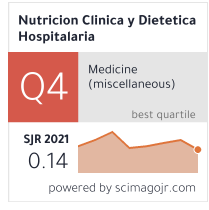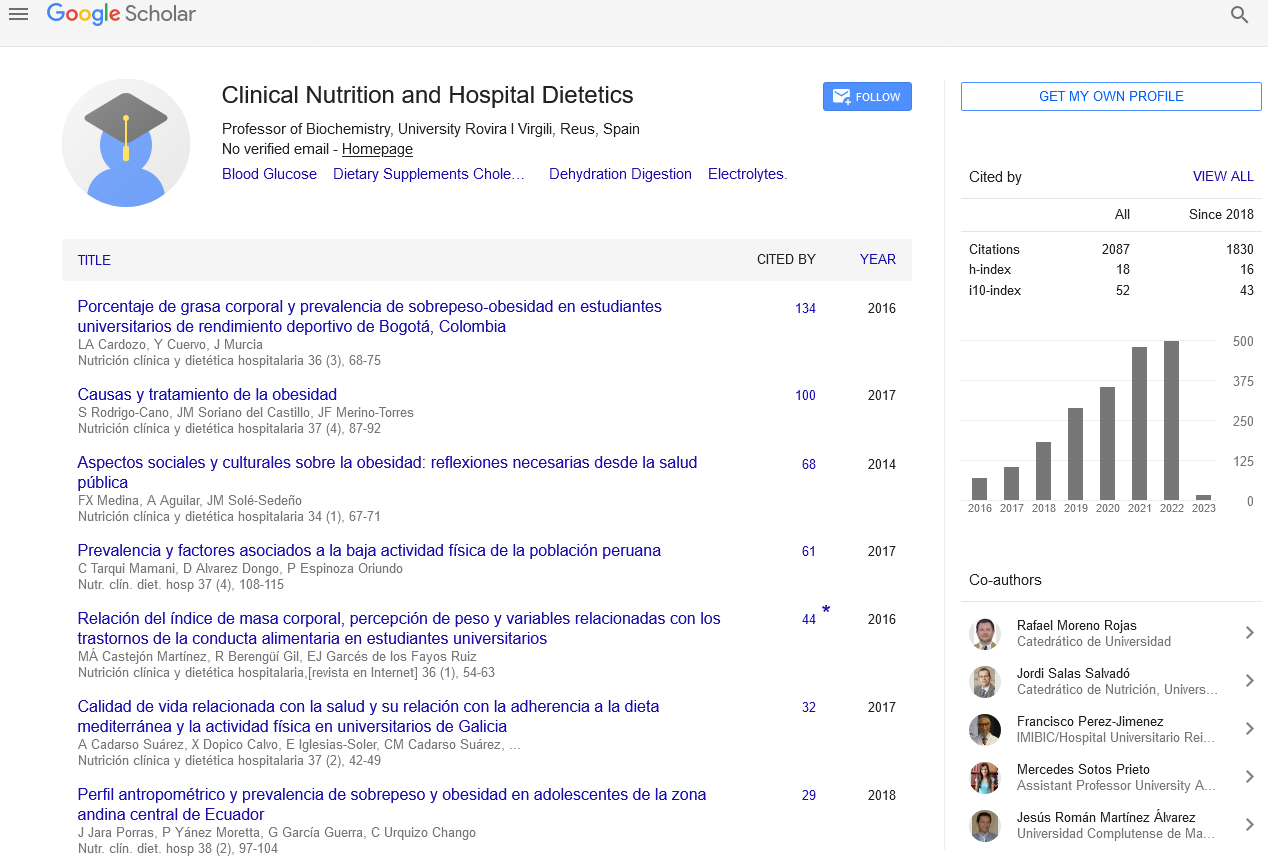Abstract
Diagnostic precision of the submandibular skinfold, minimum waist circumference and minimum waist to height ratio, as adipose overweight and obesity indicators in children.
Author(s): Ramos García, César Octavio1,2; Loreto Garibay, Oscar2; Ochoa González, Héctor3
Introduction: Obesity is caused by the excess of adipose tissue in the body, and is considered one of the most important public health issues of the 21st century, particularly in childhood. One of the most used methods for obesity diagnosis is the body mass index, however, it is not an effective method to identify adiposity. Other anthropometric dimensions beyond weight, height and the relationship between them, may constitute an alternative to identify and assess obesity and adiposity in children. This study seeks to evaluate the diagnostic accuracy of submandibular skinfold, minimum waist circumference and minimum waist to height ratio, as markers of overweight and obesity due to excess adiposity in children.
Methods: Six anthropometric variables (weight, height, minimum waist circumference [PCM], tricipital fold [PT], subscapular fold [PSE] and submandibular or submental depression [PSM]) were evaluated in 1,858 school-aged children (6 to 11 years). BMI for age was calculated based on the World Health Organization references. Adiposity was estimated with Latin American and Spanish references. A standard was created from both references to test all 3 proposed variables for association, sensibility and specificity tests to generate cutoff points
Results: According to the standard created, 15.8% of the study population was overweight with moderate adiposity, while 12.2% presented obesity with high adiposity, for a combined prevalence of 28.0%. All three variables studied were significantly correlated (<0.001) with the BMI and tricepsskinfold (as an adiposity indicator). The area under the curve of the ROC curves ranged from 0.835 to 0.993 for submandibular skinfold, 0.942 to 0.993 for minimum waist circumference, and from 0.909 to 0.991 for minimum waist to height ratio. The lowest sensitivity and specificity were found in sumbandibular skinfold for 11-year-old girls (70.6%) and for 9-year-old girls (79.8%), respectively.
Discussion: Both, minimum waist circumference and minimum waist to height ratio were significantly higher in boys, while triceps and subscapular skinfolds were in girls (p <0.001). This can be attributed to the different body composition characteristics between genders. The highest association of body mass index was observed with the minimum waist circumference (girls, r = 0.926; boys, r = 0.924), while submandibular skinfold presented the highest association with tricipital skinfold (boys, p = 0.857; girls, R = 0.821). As a standard to analyze sensitivity and specificity, a variable was created to group subjects who simultaneously presented: a) overweight with moderate adiposity; and, b) obesity with high adiposity. This allows not only to diagnose excess weight but, concomitantly, adiposity
Conclusion: All three proposed variables effectively identify excess weight and excess adiposity in both boys and girls from 6 to 11 years of age, so they can be used as an alternative to the body mass index and those skinfolds that require a more invasive evaluation. Also, because their application in the field is simple, could be eligible as alternatives for epidemiological surveillance.
Google Scholar citation report
Citations : 2439
Clinical Nutrition and Hospital Dietetics received 2439 citations as per google scholar report
Indexed In
- Google Scholar
- Open J Gate
- Genamics JournalSeek
- Academic Keys
- JournalTOCs
- ResearchBible
- SCOPUS
- Ulrich's Periodicals Directory
- Access to Global Online Research in Agriculture (AGORA)
- Electronic Journals Library
- RefSeek
- Hamdard University
- EBSCO A-Z
- OCLC- WorldCat
- SWB online catalog
- Virtual Library of Biology (vifabio)
- Publons
- MIAR
- Geneva Foundation for Medical Education and Research
- Euro Pub
- Web of Science
Journal Highlights
- Blood Glucose
- Dietary Supplements
- Cholesterol, Dehydration
- Digestion
- Electrolytes
- Clinical Nutrition Studies
- energy balance
- Diet quality
- Clinical Nutrition and Hospital Dietetics




